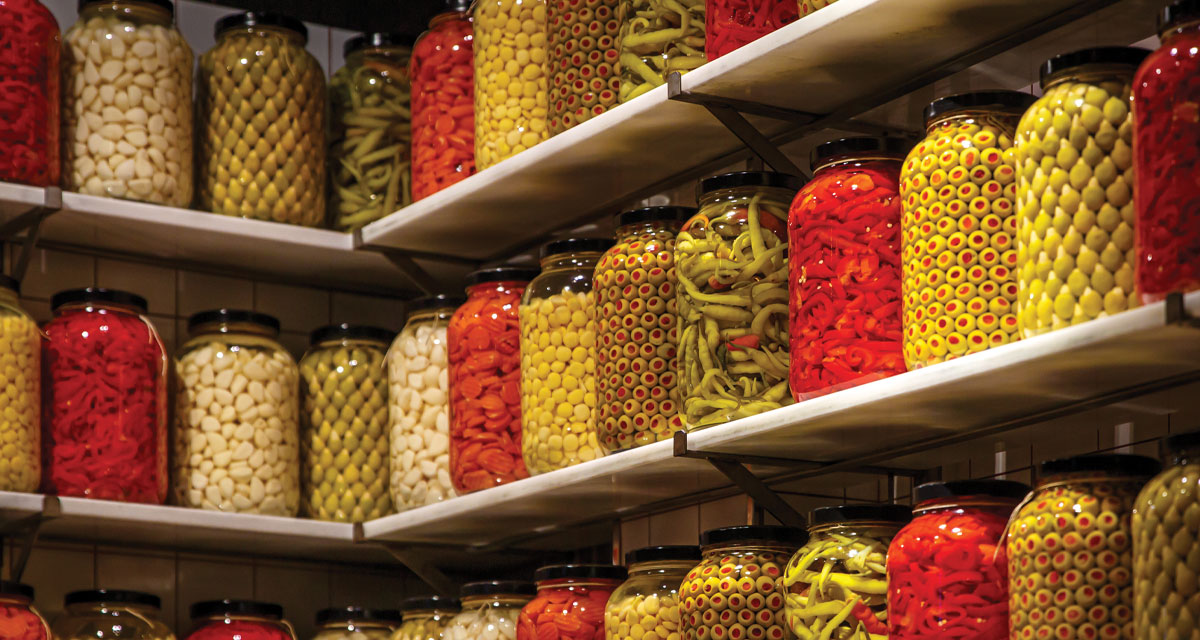“What-if?” the worrisome words arrive in the conscious topics spinning in the mind, from safety and financial security to loved ones and pet health. Asking, “What can I do?” leads to a proactive decision to invest time in the ultimate insurance policy—valuable life skills comprising security, shelter, food, water, and medical care! In any emergency, from extreme weather to a personal disaster, you have the power to take charge of your fate by making plans and taking action!
You may recall the big event. Several generations of women gathered in the kitchen before sunrise on a Saturday morning, ready to can the season’s best fruits and vegetables. Young children followed orders, witnessing procedures spanning many decades. In the basement of several households, Mason jars contained the spring, summer, and fall harvest sealed in glass. When children obtained the skill of food preparation from indisputable masters, like their great-grandmothers and grandmothers, it’s likely they, too, would maintain a garden and continue the annual tradition of canning.
Helpful Tools
Three items are essential for the process; a wide pan, a large pot, and a jar lifter; yet you would benefit from using a few other handy-dandy gadgets.
- Thermometer: Before starting your canning experience, take a practice run. Read the candy thermometer at a full rolling boil. If it falls short of 212 degrees Fahrenheit, adjust your numbers.
- Scale: Grandma alone could dice up three pounds of strawberries to cover ten cups; however, with modern technology, you can achieve precise quantities. Don’t forget to record the weight and cup numbers on each recipe.
- Timer: Forgo writing down start and stop times; instead, use a reliable digital timer.
- Wide-Mouth Funnel: Similar to a jar lifter, the funnel makes filling jars effortless.
- Jelly Bag: Makers of jellies and preserves will appreciate having a conical colander made from fine wire mesh, preventing fine pieces from draining.
Understanding Vital Ingredients
The preservation of food needs particular conditions to survive.
- Water.
- Temperatures ranging from 40 to 139 degrees Fahrenheit.
- Oxygen.
- A low-acid environment.
Sterilizing jars and heating the food for a period in a boil kills existing microorganisms; however, the jars must be sealed airless while achieving the final requirement, either acidulated, termed “pickled,” or by adding vinegar and/or lemon juice.
A Warning
Botulism is a severe but rare chemical poison that attacks the body’s nerves one or two days after consuming contaminated food. The earliest symptoms appear in the eyes and face, resulting in blurred vision, drooping eyelids, and vomiting. How does this happen? A spore, existing in dirt and dust, moves into a low-oxygen environment, such as an enclosed jar, and transitions into a dangerous toxin. Understanding pH levels and safety is the best way to prevent home-canned foods from contamination.
The pH factor refers to the levels of hydrogen ion activity in a solution. The measurement range extends from 0, the most “acidic,” to 14, the least, termed “alkaline.”
- Low-acid foods require a pressure cooker heated to 250 degrees Fahrenheit to kill bacteria.
- Acidic foods with a pH level of 4.6 and below require a boiling water bath process to preserve foods effectively.
Response of Low-Acid Ingredients
Proven recipes have an advantage. The family’s matriarch has witnessed and achieved each step with perfect results; therefore, when a particular type of vinegar is named in a recipe or percentage of acidity, follow the/her advice!
Here are a few tips:
- Cider and distilled white vinegars both contain less than five-percent acidity. If necessary, one can be substituted for the other.
- Acetic acid, vinegar, evaporates quickly; therefore, only boil for the amount of time noted, or it will change the acidity of the brine.
- Fresh lemon juice has a pH between 2.8 and 3.0. Bottled has a lower level, 2.75. Always test before use, ensuring your percentages are accurate.
- Pure Kosher salt lacks additives; therefore, expect a clear brine.
- White granulated pure cane sugar will achieve the best results.
- Citric acid increases acidity without adding liquids or flavors; this is ideal for recipes using tomatoes.
Regarding canning and supplies, consider purchasing a Ball Book of Canning, promising generational recipes assuring readers that they will be able to can with confidence!
Next Month: The Root Cellar



















